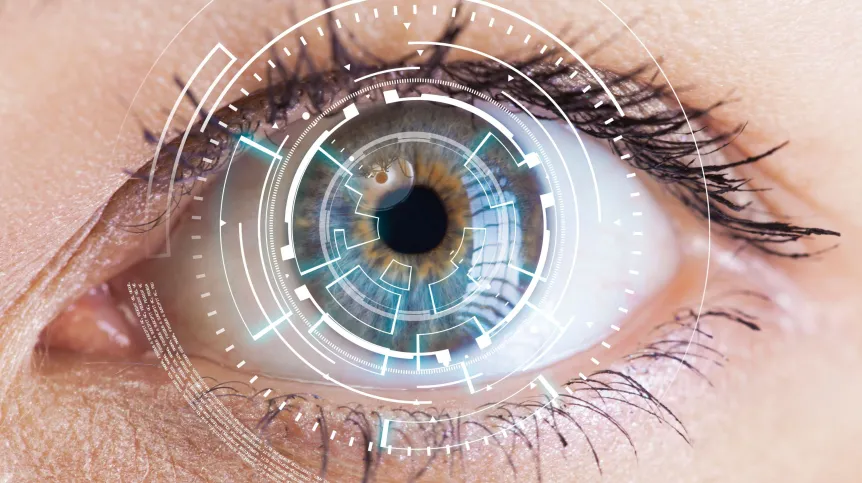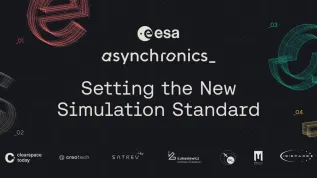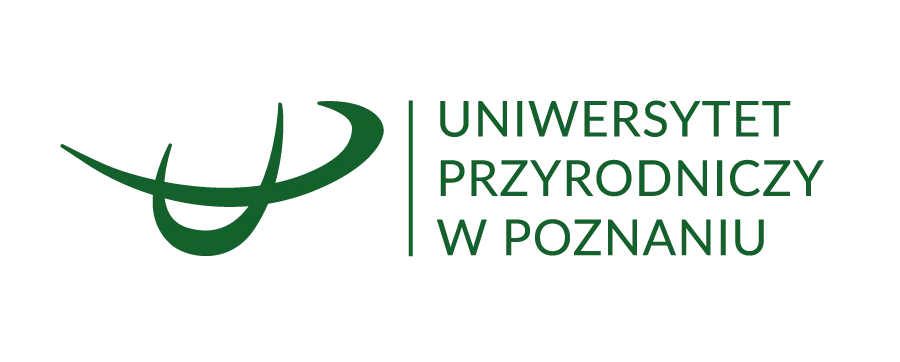
Scientists from the Lublin University of Technology, the Medical University of Lublin, the Catholic University of Lublin and the University of Rochester (USA) conduct research into using AI to diagnose schizophrenia based on retinal scanning.
'The retina is closely linked to the central nervous system, you could say that it is a simplified model of what happens in the brain', says Paweł Karczmarek, PhD, head of the Department of Computational Intelligence at the Lublin University of Technology, the research project leader, quoted in a press release sent to PAP. According to Karczmarek, data from the retina can be a good material for classifying patients into healthy or sick groups.
The researcher reminds that previous studies have confirmed the existence of thinner retinal layers in schizophrenia. However, those can also be caused by other diseases, which is why an exceptionally thorough analysis is required.
An optical tomography scanner, used today in cardiology, dermatology and ophthalmology, is also used to scan the retina. The device allows to examine the structure of the retina layer by layer, and the obtained images have the same high resolution as histological images.
'Such a test can be performed in a much shorter time (about a minute) than an MRI (magnetic resonance imaging - ed. PAP), which reduces the time and cost of the tests', Karczmarek says.
His team analysed the results of tests performed on 59 patients with schizophrenia and 61 healthy people. 'We interpreted the images from the optical tomography scanner using advanced AI algorithms. We used various analysis models that increased the precision of detecting differences between healthy people and patients with schizophrenia', the scientist explains.
It turns out that combining retinal imaging with deep learning techniques based on neural networks can significantly improve the diagnosis of schizophrenia. The results of the study were published in December 2024 in the journal Scientific Reports.
JAccording to the authors of the study, this is an important discovery that proves that thinner layers of the retina can be biomarkers of schizophrenia. In their opinion, this will allow to diagnose the disease faster and more accurately, and therefore - also initiate treatment earlier and improve the quality of life of patients.
'Modern imaging technologies supported by artificial intelligence can revolutionize diagnostics not only in ophthalmology, but also in neuropsychiatry, enabling more precise monitoring of diseases such as schizophrenia', Karczmarek says.
Schizophrenia is a mental illness classified as a psychosis, i.e. a disease accompanied by disturbed perception of reality, disruptions in thought processes and emotions. It is most often diagnosed in adolescence and early adulthood. It is estimated that about 400 thousand people in Poland suffer from schizophrenia.
Currently, there are no objective tests or examinations (laboratory, imaging, etc.) that would be helpful in diagnosing schizophrenia. Diagnosis is based primarily on a conversation between a doctor and the patient and their family, as well as on observations. That is why scientists have great hopes for their research. (PAP)
PAP - Science in Poland
jjj/ zan/













